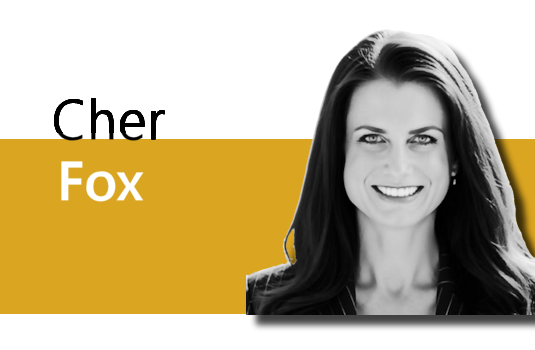
What is Data Classification?
Also known as categorisation to some people, spend data classification is when you categorise or classify your data into a bucket from a taxonomy or a category tree. And, what that does is it helps aggregate/combine your data into organised piles of information.
So, let’s look at an example. In my world of procurement, most of the information I deal with will be spend data like your companies travel expenses, such as transport and hotel stays. But chances are, unless you have a taxonomy in place, you’ll have people logging the same type of expense under quite a few different names. For example, a hotel stay. In the description the hotel can be described as a ‘hotel’, a ‘room’, ‘single for three nights’, ‘SNGL’, ‘RM’ or just simply ‘2 nights’.
So, to categorise it I would gather all that different information up and put it all under one common description – let’s go with ‘hotel’. It might be more slightly more detailed than that but in its simplest terms that is how we would categorise it. And it’ll be the same with taxis – ‘taxi’, ‘cab’, ‘hack’ etc. It’ll all be categorised under one common description.
Sometimes, data can be input under very vague descriptions. For example, a taxi line might just say ‘from hotel to restaurant’ so when you’re classifying you really need to be aware of that. This is where a human eye is key to be able to pick up on that kind of information and interpret what the inputter meant. Automation might pick up on the ‘hotel’ or the ‘restaurant’ part, but it wouldn’t necessarily know what was actually meant was a taxi between those two locations, especially if taxi isn’t in the vendor name.
So that’s data classification/categorisation works, but what do you do with it once you’ve got it?
Well, it helps you unlock a lot of potential for your business. Spend data classification will allow you to actually look at the specifics of what you are really spending your money on and find out if you could or should be negotiating better rates with your suppliers because the data’s shown you’re actually spending a lot more than you thought you were or have been automatically accepting price increase when there’s much better deals out there!
And you might be surprised by that. You might not realise that you’re spending is as much as you thought you were. And, when your data is categorised, you’ll be able to look at it by supplier, by category, by category by month, by year, year on year. You can also look at invoices per supplier. You can do a huge number of things depending on how much data you’ve got, but you can’t really do a lot of that without some level of categorisation.
Once you’ve done all that, you’ll probably want to review your processes because I can almost guarantee something will have been flagged up during the classification process which indicates spend isn’t being accurately logged.
Ultimately, it’s all about saving you money and that’s no bad thing for anybody. Now, more than ever, it is so important you know where your businesses’ money is being spent and I am sure every single person who has their spend data classified will find at least one hidden surprise.
So, although you may be put off by the upfront cost of having your spend data classified, it will save you money in the long run and the benefits to your business are pretty massive.

 - by
- by




